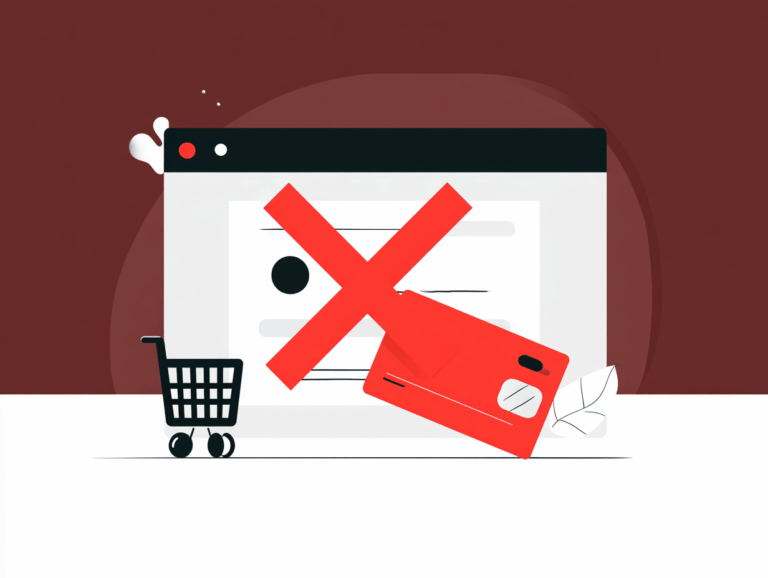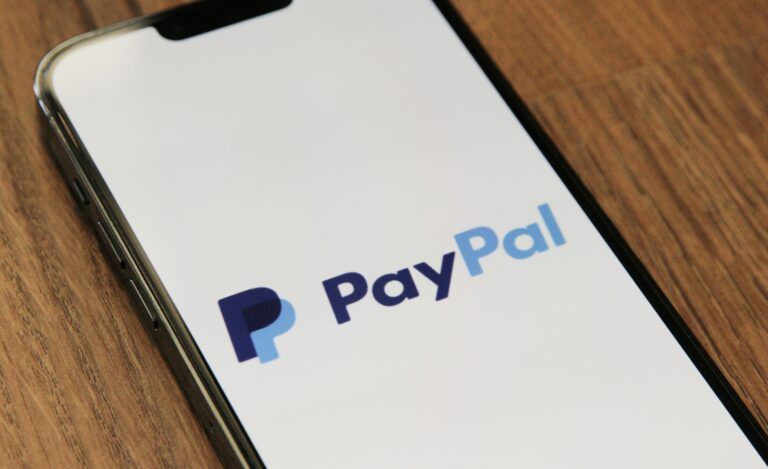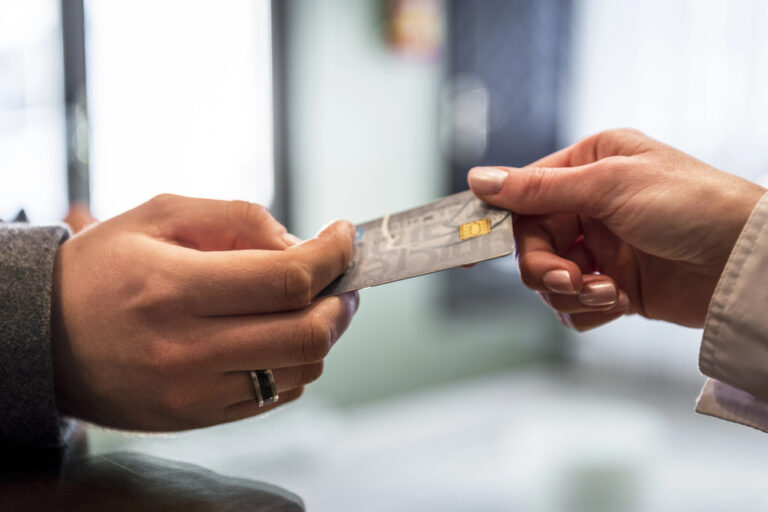Credit card fraud is a significant threat to businesses of all sizes. As a business owner, you must stay vigilant and take proactive steps to protect your company and customers from fraudulent activities.
Fraudsters constantly evolve their tactics. By understanding the various types of credit card fraud, recognizing warning signs, and implementing effective prevention methods, you can significantly reduce your risk exposure.
GET FRAUD AND CHARGEBACK ALERTS
Types of Credit Card Fraud
Familiarize yourself with the various types of credit card fraud to effectively protect your company. Fraudsters employ multiple techniques to exploit vulnerabilities in payment systems. Let’s explore the most common types of credit card fraud you may encounter.
Card-Not-Present (CNP) Fraud
CNP fraud occurs when criminals use stolen credit card information to make purchases online, over the phone, or through mail orders. Fraudsters often obtain card details through data breaches, phishing scams, or by purchasing them on the dark web.
Card-Present Fraud
In card-present fraud, criminals use a physical credit card to make fraudulent purchases in-store. They may employ several methods, including:
- Skimming: Thieves use devices to capture card data from the magnetic strip.
- Counterfeit cards: Fraudsters create fake cards using stolen information.
- Lost or stolen cards: Criminals use cards that were lost by or stolen from legitimate cardholders.
Account Takeover
Account takeover fraud occurs when a criminal gains unauthorized access to a cardholder’s account. The fraudster may change the account details, make unauthorized purchases, or even apply for new credit cards in the victim’s name. This type of fraud often results from data breaches or social engineering tactics.
Friendly Fraud
Friendly fraud happens when a legitimate cardholder makes a purchase and then disputes the charge with their bank, claiming they never received the goods or services. This type of fraud can be particularly challenging for businesses to prevent and dispute.
Obvious Signs of Credit Card Fraud at Checkout
By staying alert and recognizing suspicious patterns, you can protect your business from potential losses. Keep an eye out for these telltale signs of credit card fraud during the checkout process.
Unusual Purchasing Patterns
Pay attention to orders that deviate from typical customer behavior. Watch for:
- Multiple high-value purchases in quick succession
- Orders for large quantities of the same item
- Purchases of vastly different items that don’t make logical sense together
These patterns may indicate that a fraudster is testing stolen card information or attempting to maximize their gains before the card is blocked.
Multiple Failed Transaction Attempts
Be wary of customers who make repeated attempts to complete a transaction. Fraudsters often try multiple cards or variations of card information until they find one that works. If you notice a customer struggling to complete a purchase, especially with different cards, it may signal fraudulent activity.
Mismatched Billing and Shipping Addresses
While legitimate customers occasionally ship to addresses different from their billing address, significant discrepancies should raise a red flag. Be particularly cautious of:
- International shipping addresses for domestic cards
- Shipping to known freight forwarders or mail drops
- Multiple orders shipped to different addresses but using the same card
These scenarios could indicate that a fraudster is attempting to exploit your business.
High-Value Orders from New Customers
While acquiring new customers is great for business, be cautious of first-time buyers placing unusually large orders. Fraudsters often target businesses with high-value purchases to maximize their gains. Implement additional verification steps for new customers making large purchases to ensure the transaction’s legitimacy.
Rush or Overnight Shipping Requests
Be wary of customers insisting on expedited shipping, especially for high-value items. Fraudsters often request rush delivery to receive the goods before the fraudulent transaction is discovered. While not all rush orders are fraudulent, combine this factor with other suspicious signs to assess the risk.
Inconsistent Customer Information
Watch for discrepancies in the information provided by the customer. Red flags include:
- Email addresses that don’t match the cardholder’s name
- Phone numbers that don’t correspond to the billing address area code
- Unusual or nonsensical email addresses
These inconsistencies may indicate that the person making the purchase is not the legitimate cardholder.
REDUCE FRAUD, INCREASE CONVERSIONS
Risks of Credit Card Fraud to Your Business
Understanding the risks beyond financial loss will help you appreciate the importance of implementing robust fraud prevention measures. Let’s explore the key dangers that credit card fraud presents to your company.
Financial Losses
The most immediate and obvious risk of credit card fraud is the direct financial impact on your business. When fraudsters successfully make purchases using stolen card information, you may find yourself responsible for:
- Refunding the fraudulent transactions
- Paying chargeback fees to your payment processor
- Losing the cost of goods or services provided
These losses can quickly add up, especially if fraudsters target high-value items or make multiple purchases before detection.
Higher Chargeback Ratio
Frequent fraudulent transactions can significantly increase your chargeback ratio. Payment processors and card networks closely monitor this metric, and a high chargeback ratio can lead to:
- Increased processing fees
- Placement in chargeback monitoring programs
- Potential termination of your merchant account
Maintaining a low chargeback ratio is crucial for the financial health and stability of your business.
Damage to Reputation
Credit card fraud can severely tarnish your business’s reputation. When customers fall victim to fraud through your platform, they may:
- Leave negative reviews online
- Share their bad experiences on social media
- Discourage others from patronizing your business
Rebuilding a damaged reputation can be a long and costly process, potentially impacting your customer acquisition and retention rates.
Legal and Regulatory Consequences
Failure to adequately protect against credit card fraud can expose your business to legal and regulatory risks. You may face:
- Fines for non-compliance with payment card industry (PCI) standards
- Legal action from affected customers
- Increased scrutiny from regulatory bodies
Staying compliant with relevant regulations and industry standards is crucial to mitigate these risks.
Top 5 Prevention Methods
Protecting your business from credit card fraud requires a multi-faceted approach. By implementing these top 5 prevention methods, you can significantly reduce your risk exposure and safeguard your business:
1. Address Verification Service (AVS)
Implement AVS to compare the billing address provided by the customer with the address on file with the card issuer. This simple yet effective tool helps you:
- Verify the cardholder’s identity
- Detect potential fraudulent transactions
- Reduce the risk of chargebacks
When you receive an AVS mismatch, consider requesting additional verification from the customer before processing the transaction.
2. Card Verification Value (CVV) Checks
Always require customers to provide the CVV (the 3 or 4-digit code on the back of the card) for card-not-present transactions. This practice:
- Ensures the customer has physical possession of the card
- Adds an extra layer of security to online and phone orders
- Complies with card network regulations
Remember, you must never store CVV data after the transaction is complete.
3. 3D Secure Authentication
Implement 3D Secure (3DS) technology, such as Verified by Visa or Mastercard SecureCode, to add an extra authentication step for online transactions. This method:
- Redirects customers to their card issuer’s website for verification
- Shifts liability for fraudulent transactions to the card issuer
- Increases customer confidence in your online security measures
While 3DS may add a slight friction to the checkout process, it significantly reduces your fraud risk for online transactions.
4. Machine Learning and AI-Powered Fraud Detection
Invest in advanced fraud detection systems that use machine learning and artificial intelligence. These sophisticated tools:
- Analyze transaction patterns in real-time
- Identify anomalies and potential fraud attempts
- Adapt to new fraud tactics as they emerge
By leveraging AI, you can automate much of your fraud prevention efforts and stay ahead of evolving threats.
AVOID PAYMENT PROCESSING DISRUPTIONS
Additional Prevention Strategies
While the top 5 prevention methods form the core of your fraud protection strategy, implementing these additional measures will further strengthen your defenses against credit card fraud:
Implement Strong Customer Authentication
Go beyond basic password protection by implementing multi-factor authentication (MFA) for customer accounts. Require customers to verify their identity through:
- Something they know (password)
- Something they have (mobile device)
- Something they are (biometric data)
This layered approach significantly reduces the risk of account takeovers and unauthorized transactions.
Set Transaction Limits
Establish transaction limits based on customer history and risk assessment. You can:
- Cap the total value of purchases within a specific timeframe
- Limit the number of transactions allowed per day
- Set restrictions on high-risk products or shipping destinations
These limits help you mitigate potential losses from fraudulent activities.
Use Geolocation and Device Fingerprinting
Leverage technology to gather additional data points about your customers. By analyzing:
- IP addresses and geolocation data
- Device information and browser settings
- User behavior patterns
You can identify suspicious activities and potentially fraudulent transactions more effectively.
Implement Fraud Scoring
Develop a fraud scoring system that assigns risk levels to transactions based on various factors. This allows you to:
- Automatically approve low-risk transactions
- Flag high-risk orders for manual review
- Adjust your fraud rules based on emerging patterns
A well-tuned fraud scoring system helps you balance fraud prevention with a smooth customer experience.
Conduct Regular Security Audits
Perform regular security audits of your payment systems and processes. This practice helps you:
- Identify vulnerabilities in your current setup
- Ensure compliance with industry standards like PCI DSS
- Stay ahead of evolving fraud tactics
Consider engaging third-party security experts to conduct thorough assessments of your fraud prevention measures.
Foster Collaboration with Your Payment Processor
Work closely with your payment processor to enhance your fraud prevention efforts. Many processors offer:
- Advanced fraud detection tools
- Real-time transaction monitoring
- Customizable fraud rules based on your business needs
Leveraging their expertise and resources can significantly boost your fraud prevention capabilities.
By implementing these additional strategies alongside the core prevention methods, you create a comprehensive defense against credit card fraud. Remember, fraud prevention is an ongoing process that requires constant vigilance and adaptation to new threats. Stay proactive, and you’ll significantly reduce your risk of falling victim to credit card fraud.









